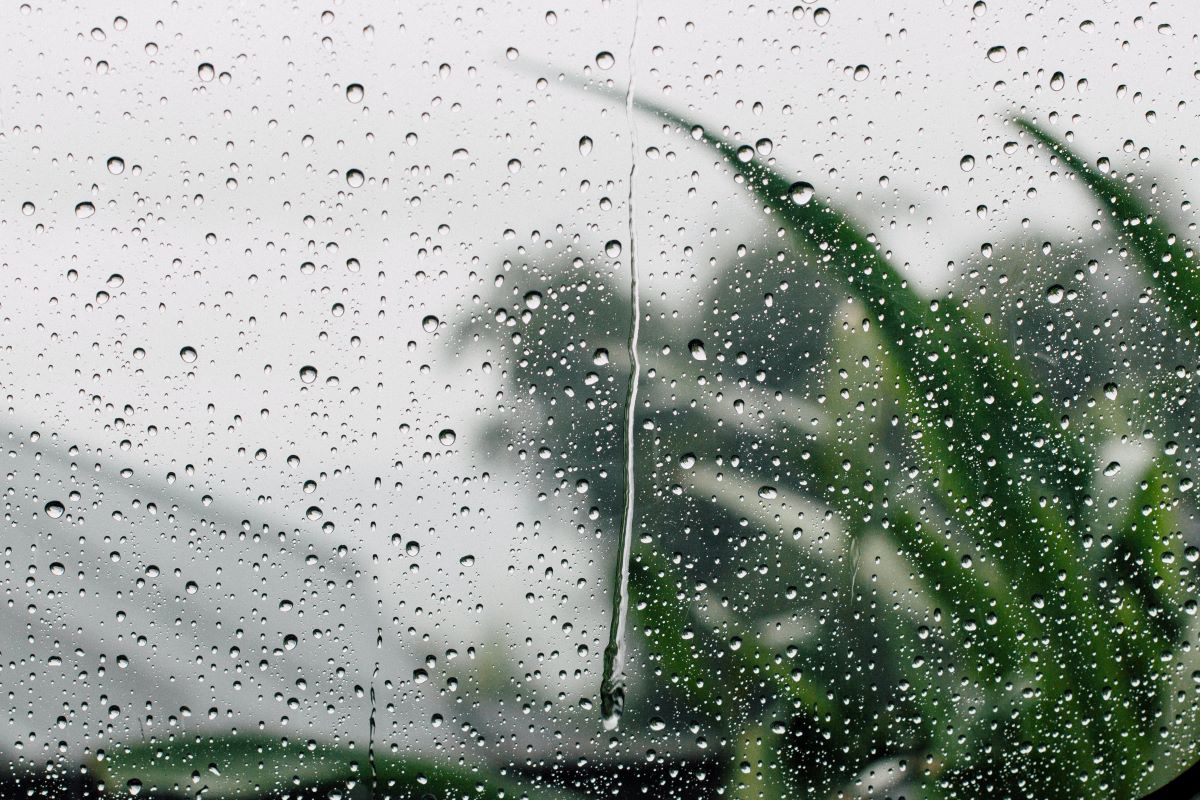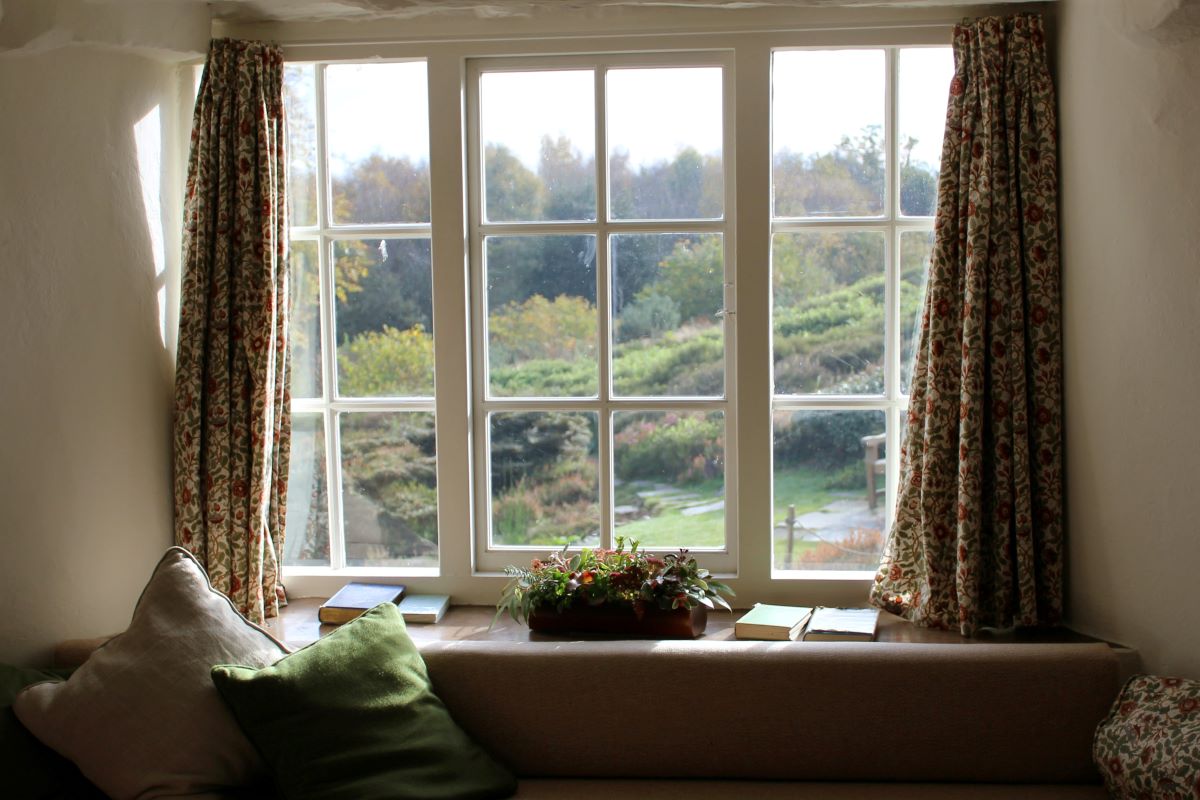What Are Storm Windows and Does Your House Need Them?
Are you finding that your home is too hot in the summer and too cold in the winter? Or maybe you live near a busy street and are frustrated by the noise coming from outside. Buying replacement windows may help these problems, but brand-new windows can be expensive. That’s where storm windows come in. Storm windows can keep the temperature in your home regulated, help protect against the elements, and make your home more energy efficient.
So whether you own a home in Los Angeles, a condo in NYC, or anywhere in between – read on to learn more about storm windows and how they can benefit you.

What are storm windows?
A storm window is an extra window that is installed on the outside of an existing window. It is used to protect the existing window from bad weather and to improve the energy efficiency of the home. Storm windows are a cheaper alternative to replacement windows, which often serve a similar purpose but are more expensive to install because you must remove the primary windows.
If you have older, single-pane windows in your home, storm windows would be a great option for you.
Pros and cons of storm windows
Like any other home improvement project, there are costs and benefits to installing storm windows. Although the pros generally outweigh the cons, it’s essential to understand both sides.
Pros of installing storm windows
- Storm windows can improve energy efficiency and lower your energy bills.
- The existing window is protected against rain, sleet, and debris from wind storms.
- Storm windows reduce air leakage.
- Noise transmission is reduced significantly by storm windows.
- Installing storm windows is a much cheaper alternative to replacement windows.
Cons of installing storm windows
- Installing storm windows can be difficult if you plan on doing it yourself.
- Storm windows alter the appearance of your window frame and can affect curb appeal.
- Storm windows with wood frames need to be repainted on occasion.
- Some storm windows can’t be opened.

What’s the difference between storm windows and regular windows?
The primary difference between standard windows and storm windows is that storm windows act as a supplement to existing windows. A house will never exclusively have storm windows. Instead, the storm windows are installed over the existing window opening.
Can you open storm windows?
Although this can vary based on the particular types of storm windows, many storm windows do open and close. If you plan on opening your windows often, choose a storm window that allows you to do that.
Will storm windows reduce my energy bills?
According to the Department of Energy, Storm windows can create an airtight seal, preventing air movement into and out of existing windows. This can reduce heating costs during the winter and cooling costs during hotter months. A home energy audit can detect air leaks and help determine whether you would benefit from installing storm windows.
Do I need to install storm windows for my house?
If building codes don’t mandate them, storm windows are optional, but certain environmental factors and climate risks can make them a worthwhile investment.
“Everyone who lives in the path of potential hurricanes can benefit from storm windows, says Orlando Torres of Orlando T Group. “In addition to protecting your home from storms, these windows can lower your insurance, decrease energy costs, and increase your home’s property value.”
For a cheaper alternative that produces similar results, opt for window tint. “The professional application of safety and security window films can yield the same results for a fraction of the cost of window replacement, says Snappy Tint. “These products, once installed, will increase the safety of the existing windows and reduce 99% UV, making the space cooler in the summer months and protecting floors and furniture from sun damage.”
How long do storm windows last?
Storm windows are durable and can last for several decades. Enamel-coated aluminum-framed windows can last up to 40 years. Wood-framed storm windows can also last longer if they’re correctly maintained. The glass should last as long as the frame.
Types of storm windows
Storm windows fall into two categories: internal and external. Most exterior storm windows will alter how your windows look from the outside. However, you can open and close them whenever you need to based on the weather. By contrast, interior storm windows are practically invisible from the outside. These single-pane windows are generally much less complex than exterior storm windows.
If the primary reason you’re installing these windows is to storm-proof your home, you’ll want to go for exterior storm windows rather than interior ones.

What materials are storm window frames made of?
There are a few commonly used materials for storm window frames. The primary frame materials are wood, aluminum, and vinyl. Each one has its benefits and drawbacks.
Aluminum frames
Aluminum frames for storm windows have been the most popular since the mid-20th century. Most storm windows on the market use aluminum frames, so there are plenty of options to choose from. While they are lightweight and offer excellent strength, metal frames aren’t the best option if you’re looking for thermal insulation.
Wood frames
Wooden frames have been in use for centuries and are readily available anywhere. These are a more energy-efficient choice as they offer excellent insulation, preventing heat transmission and loss. Wooden storm window frames are also DIY friendly. That said, wood frames are susceptible to insect damage and rotting and can be very difficult to handle.
Vinyl frames
The vinyl storm window frame is relatively new but increasingly prevalent, especially in interior storm windows. These are a lightweight alternative to wooden storm window frames because they are light but provide good thermal performance. The drawbacks of this style are that you can only use them for interior storm windows and that vinyl is not a particularly hardy material.
Can storm windows be installed over existing windows?
Absolutely. In fact, you’re supposed to install storm windows over existing windows. Their purpose is to protect the windows that are already in place rather than replace them.
Are storm windows worth it?
Installing storm windows can be worth it for physical and financial reasons. They protect your existing window from the elements and can save you money on heating and air conditioning because of the added insulation. Add in the money that you would save on replacement windows, and this is undoubtedly a worthwhile investment for your home.
The post What Are Storm Windows and Does Your House Need Them? appeared first on Redfin | Real Estate Tips for Home Buying, Selling & More.
